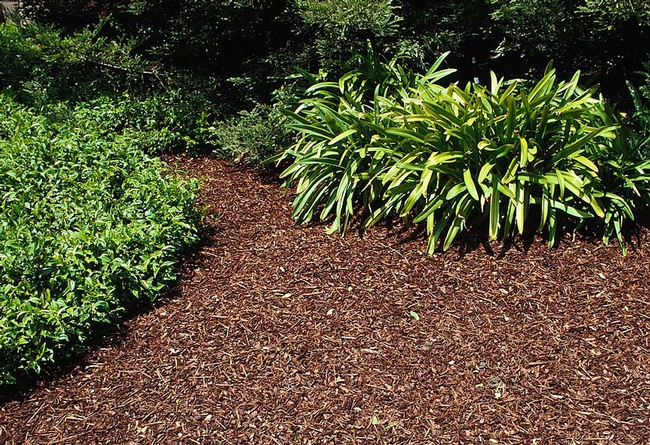
Gable recommends the soil in home landscapes be covered with two to four inches of a fine- to medium-shred bark mulch. The mulch should not be applied too close to the bases of the plants so they won't be susceptible to rot.
UC Master Gardeners in Sonoma County have provided detailed information about various types of mulch, their benefits and drawbacks. For example, straw is a common, effective and inexpensive mulch. Alfalfa hay or pellets are more expensive, but because they are rich in nitrogen, give plants a nutrient boost.
Barks and hulls make an attractive, natural-looking surface. These products are often available at hardware and garden stores in bags, and in bulk at landscaping material suppliers.
Another cost-effective mulch is yard waste. Fallen leaves, grass clippings and chopped plant clippings of any kind can be spread on the soil surface to enhance and protect the soil, while reducing water evaporation.
View the video here:
View the previous videos in the UC ANR home landscape water conservation series:
Early-morning watering is best
Remove weeds from your landscape
The videos are also available on the UC ANR YouTube channel.
Coming next week, a video about using fertilizers under drought conditions.
An initiative to improve California water quality, quantity and security is part of the UC Division of Agriculture and Natural Resources Strategic Vision 2025.
Author: Jeannette Warnert